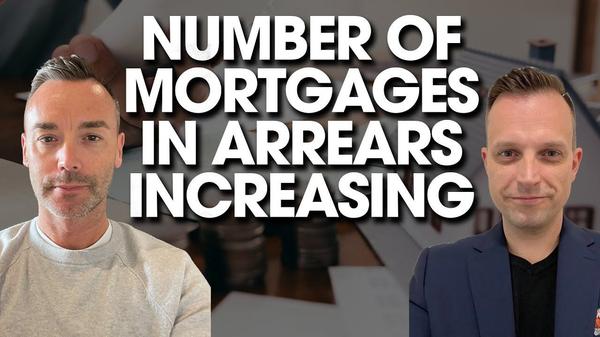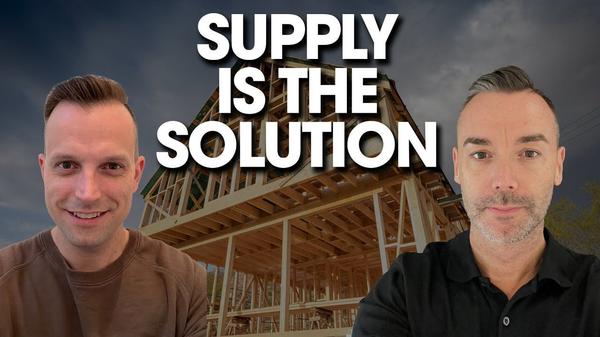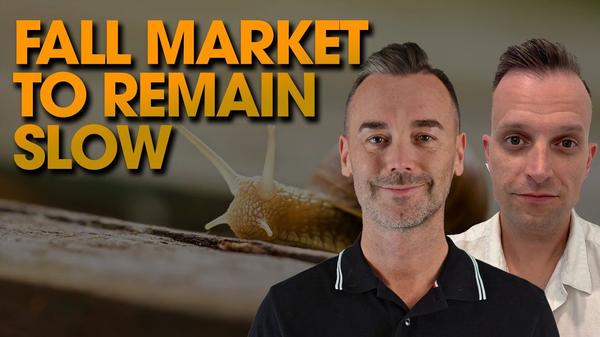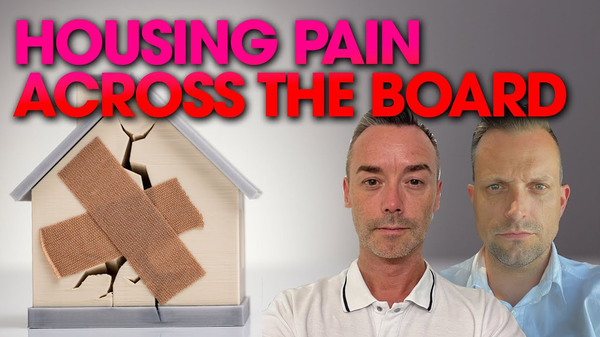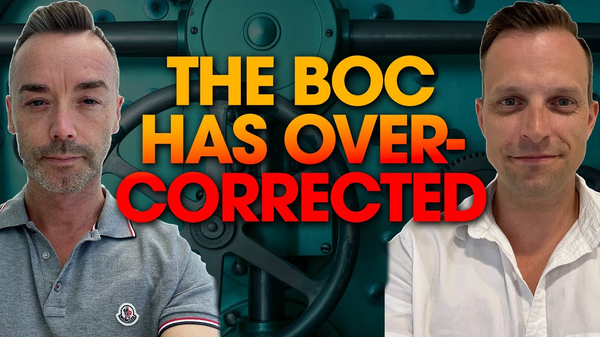Canada Growing 7 X Faster Than The USA
In recent months, inflation in Canada has shown a downward trend, with the rate dropping from 4.4% to 3.4%, the lowest it has been since June 2021! The decrease can be attributed primarily to a significant drop in gas prices, which have declined by an average of 18%.
However, despite this overall decline, several items in the consumer price index (CPI) basket have registered higher prices. Groceries have seen a significant increase of 9%, while rent has risen by 5.7%. The most notable contributor to the year-over-year CPI increase is the surge in mortgage interest costs, which have skyrocketed by 30%.
When these self-inflicted mortgage interest costs are excluded, the CPI stands at 2.5% in May, down from 3.7% in April. This is important because if the Bank of Canada (BOC) lowers rates and removes the mortgage interest cost element, it could bring inflation closer to their target. It is anticipated that the June inflation print may be below 3% according to the BOC's forecast from a few months ago.
The timing of interest rate drops depends on the BOC's main mandate, which is to control inflation. To lower interest rates, the BOC requires prolonged sub 3% inflation, along with solid GDP growth, a robust labor market, and a rebounding housing market.
However, financial markets currently expect the BOC to raise its benchmark interest rate by another 25 basis points to 5% at its next meeting on July 12th.
Canada has experienced a significant population growth, with an increase of 1.2 million people in the past year as of Q2. This growth is approximately 3X the 10-year average and raises concerns about the sustainability and impact of such rapid population growth. In particular, the growth in non-permanent residents (NPR) has reached 725,000 in the four-quarter rolling average, surpassing the previous record of under 200,000!
It is worth noting that the majority of non-permanent residents are renters, which exacerbates the ongoing rental crisis in the country. Furthermore, a comparison between Canada and the United States shows that Canada's population grew at a rate of 3.5% last year, while the USA's population grew at a rate of 0.5%.
The need for more housing is evident due to the population growth, but there are challenges to meet this demand. Residential construction costs in Canada have soared by 50% since the start of the pandemic. Additionally, development lending costs have increased by 250% in just 18 months due to rising interest rates. Moreover, the money paid to various levels of government now represents 31% of building costs.
These factors have led to a decline in housing starts, reaching the lowest levels since December 2020. With a record 1.2 million people added to the population over the past year, the shortage of housing is a pressing issue that needs to be addressed.
The City of Vancouver is facing its own financial difficulties that will almost certainly result in significant property tax increases for homeowners. The projected budget shortfall is driven by high inflation, upcoming collective bargaining with employees, and various council initiatives, including plans to hire 100 additional police officers.
As a result, homeowners in Vancouver may experience property tax increases of close to 10% annually for the next five years. These increases can have a substantial impact on homeowners' finances and raise concerns about the affordability of living in the city.
We also dive into some of the stats for the month of June and Buyers should be somewhat happy to hear that supply has increased to just over 10,000 active units. With that said, we also take a glimpse into the office space sector in Vancouver which has a vacancy rate of near 9% with major REIT’s looking to offload entire buildings.
Categories
Recent Posts
